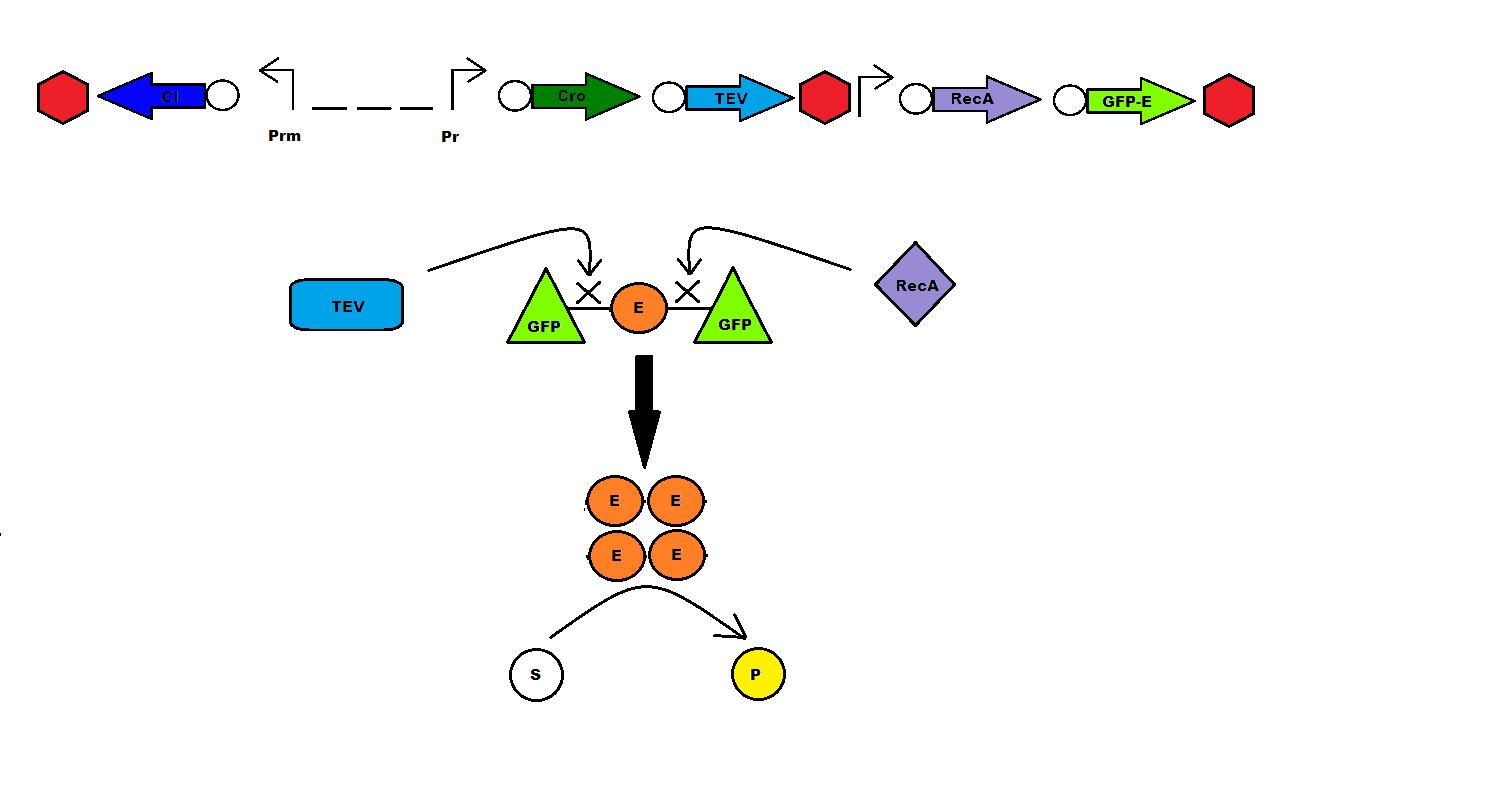Team:Penn State/Project
From 2011.igem.org
| Line 12: | Line 12: | ||
Radiation of one form or another is a constant presence throughout our every day lives. Radiation, or the transmission and absorption of energy over a given distance, has proven an invaluable technology useful in applications for everything from heating our food to diagnosing and treating diseases. | Radiation of one form or another is a constant presence throughout our every day lives. Radiation, or the transmission and absorption of energy over a given distance, has proven an invaluable technology useful in applications for everything from heating our food to diagnosing and treating diseases. | ||
| - | All types of radiation can be divided into two categories: non-ionizing and ionizing. Non-ionizing radiation (consisting of radio, micro, and visible light waves) contains less energy and has a relatively small effect on living organisms that has only recently been studied. Ionizing radiation, however, contains a much greater amount of energy capable of ionizing atoms which can lead to harmful effects on living tissue. This category of radiation encompasses alpha and beta decay as well as neutron, X-ray, and gamma radiation. | + | All types of radiation can be divided into two categories: non-ionizing and ionizing. Non-ionizing radiation (consisting of radio, micro, infrared, and visible light waves) contains less energy and has a relatively small effect on living organisms that has only recently been studied. Ionizing radiation, however, contains a much greater amount of energy capable of ionizing atoms which can lead to harmful effects on living tissue. This category of radiation encompasses alpha and beta decay as well as neutron, X-ray, and gamma radiation. |
<center>[[Image:Electromagnetic-spectrum.jpg]]</center> | <center>[[Image:Electromagnetic-spectrum.jpg]]</center> | ||
Revision as of 19:36, 16 June 2011
Contents |
Overall project: Bacterial Dosimeter
Radiation of one form or another is a constant presence throughout our every day lives. Radiation, or the transmission and absorption of energy over a given distance, has proven an invaluable technology useful in applications for everything from heating our food to diagnosing and treating diseases.
All types of radiation can be divided into two categories: non-ionizing and ionizing. Non-ionizing radiation (consisting of radio, micro, infrared, and visible light waves) contains less energy and has a relatively small effect on living organisms that has only recently been studied. Ionizing radiation, however, contains a much greater amount of energy capable of ionizing atoms which can lead to harmful effects on living tissue. This category of radiation encompasses alpha and beta decay as well as neutron, X-ray, and gamma radiation.

Our project this year will focus on using a genetic circuit introduced into E. coli bacterial cells in order to detect and rapidly report the presence of harmful ionizing radiation. Ionizing radiation and radiation pollution is an important environmental problem that affects not only those working around radiation facilities but those dealing with the aftermath of widespread nuclear disasters such as those at the recent Fukushima Daiichi nuclear reactor and the Chernobyl reactor.
We are working to develop a robust and reliable biosensor that is capable of rivaling the current radiation detection methods such as digital dosimeters. Our hope is that the basis of this biological dosimeter system will prove to be an effective genetic system capable of detecting harmful levels of radiation and relaying it to those working in the field or affected area. We envision our system not only being useful in such applications but also being capable of further expansion and evolution through the techniques of synthetic biology.

Project Details
Part 2
The Experiments
Part 3
Results
| Home | Team | Penn State Official Team Profile | Project | Parts Submitted to the Registry | Modeling | Notebook | Safety | Attributions |
|---|
 "
"